
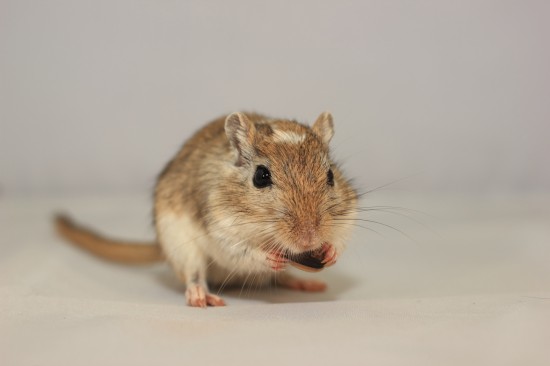
Most owners at some point in time will consider breeding from their pets. As gerbils are so easy to keep, it is very tempting to try to breed them before moving onto other rodents. There are a number of things you must consider however before you start.
Always think carefully before you let your gerbils breed. You will need to rehome the pups, and if you don’t know people who are looking for one it can be difficult. Check local animal rescue centres, if there are a lot of gerbils already looking for homes selling them locally may prove difficult. You may notice a lack of a certain colour, in which case trying to breed that may help rehoming.
You will also need to prepare for the extra expense. You will need multiple cages to split the sexes into once weaned. As a result you will need extra bedding, feeders and toys to keep them occupied.
If you do decide to create a breeding pair, they will breed every six weeks. If this is too often, you will need to keep your breeding pair apart which can be distressing as well as expensive as you will need two separate tanks. Make sure you check the health of each gerbil, as you do not want to breed on defects or put ill or old gerbils through a difficult birth.
As with all genetics, it is a science with no certainty. You can however research which colours can be produced from mating two different breeds or colours. Always be aware of the many options, and check if there are any genetic mutations that can be caused by mating different colours or breeds.
Gerbils can be quite territorial, so when you bring a new male or female to breed with your gerbil you will need to take time to introduce them. If you get a young pair, under 8 weeks, it will take less time. Split your tank with a wire mesh. It must be strong enough for them to not gnaw through, but also open enough so they can sniff each other. If this is difficult, you can put a smaller cage inside the tank, but you will need to rotate the pair so each takes a turn within the cage to break up the territory. You will notice over a few days the pair will start to sleep next to or groom each other between the bars as they bond. If they continue to be aggressive, the pairing may not work.
When you are ready to remove the divide after two weeks, make sure you are wearing strong gloves in case any fighting starts. If the bonding has been successful you will notice the gerbils sniffing each other, and thumping their back feet. Some even start grooming each other straight away and making a nest to sleep in.
If the gerbils become aggressive, fighting or chasing each other, you will need to split them immediately. You can try the split-cage method again, but it may be they are just not suited.
You will need to pup proof the cage before the breeding pair mate. Remove any objects or bedding that could crush or cause injury to a pup. Wheels will need to be removed, plus any toys or houses. You will also need to look at the bedding – anything which produces a lot of dust or oils will harm the pups lungs. Fibrous bedding can also get caught around their limbs leading to injuries and amputation. To keep the parents entertained, add some cardboard boxes and tubes they can gnaw, and some shredded toilet paper so they can make a nest.
When the pups are born you can add a small bowl of sand for them all to bathe in. Once they get over two weeks old, you can start to return toys and items for the adults to chew.
Once your pair have mated, you will notice she may start to get slightly larger. In the early stages you may also see the sides rippling as the pups move. Try not to handle the female as you don’t want to hurt her or damage the pups. Gerbils usually have a gestation period between 24 to 28 days.
You will be able to spot when your gerbil is ready to give birth, as she will be a lot quieter than usual and probably sit finishing her nest. It is not easy to tell when the contractions start, but the male will move away, leaving the female space to give birth. Once the first pup is ready, the gerbil will pull it out and start to groom it. This stimulates the blood flow and starts the pup breathing. She will groom and rest in-between each pup.
You will also notice that the male will mate with her during the birth. This is completely natural. If you do not want another set of pups, you can remove the male. This will cause problems however as both parents will bring up the pups. Ideally you may want to neuter the male when you know the female is pregnant.
At the very end of the process, the female will give birth to the placenta. The mother will eat this for extra nutrients.
When the pups are born they will be hairless and have their eyes closed. Do not touch them for the first few days, so the mother and father can look after them. When you do start to handle them be very careful how you pick them up. Don’t hold them for more than 15 minutes as the mother will get very distressed.
After four days their ears will start to appear, and coat markings. By day eight they will start to move around the tank, despite not having open eyes. Their eyes open after 3 weeks. You will now need to start taming them, as they will not recognise a hand as a friendly object. They will also have grown all of their fur, and start drinking from the water bottle. Between 6 to 8 weeks you can remove them from the parents, splitting them into a tank for each sex. You can now start to rehome them.
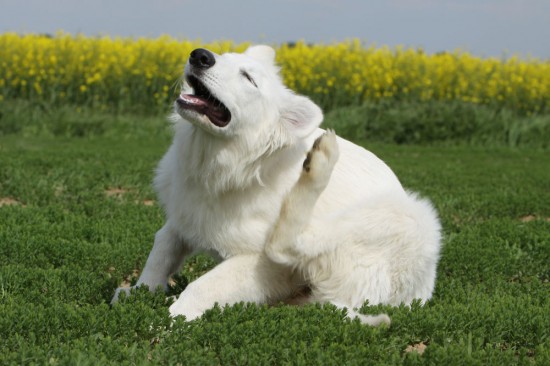 Dog Scratching - Why Your Dog Might Be Itching Himself To Distraction
Dog Scratching -
Dog Scratching - Why Your Dog Might Be Itching Himself To Distraction
Dog Scratching -
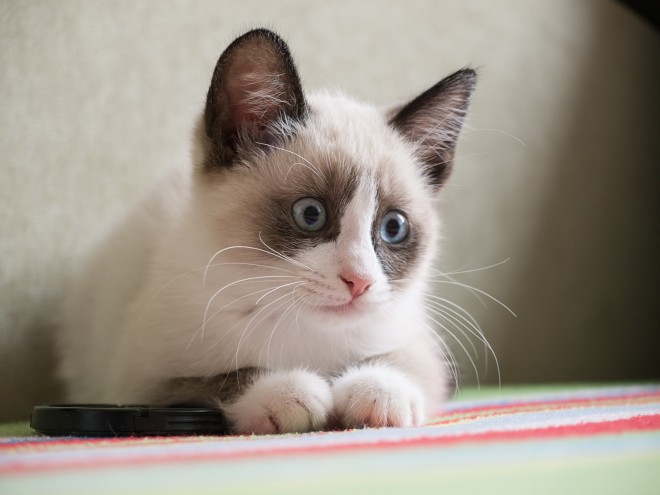 8 Gorgeous Rare Breeds Of Cat
8 Gorgeous Rare B
8 Gorgeous Rare Breeds Of Cat
8 Gorgeous Rare B
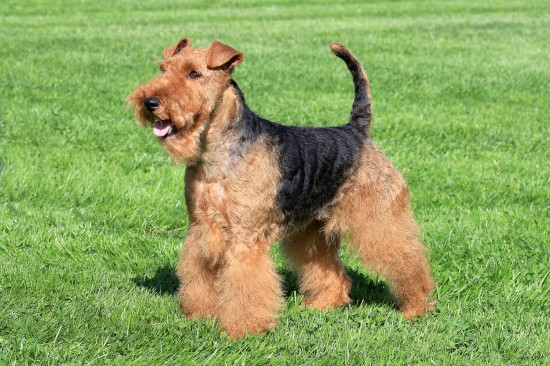 Is The Welsh Terrier A Good Choice Of Pet?
Is The Welsh Terr
Is The Welsh Terrier A Good Choice Of Pet?
Is The Welsh Terr
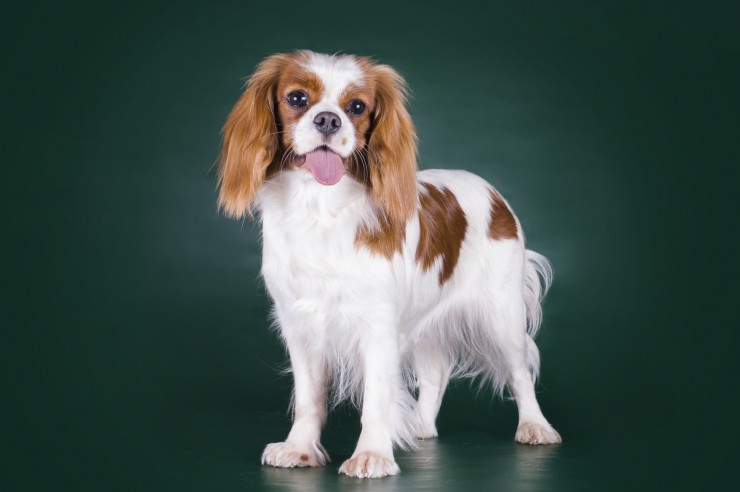 Canine Hyperthermia And Overexertion
Canine Hypertherm
Canine Hyperthermia And Overexertion
Canine Hypertherm
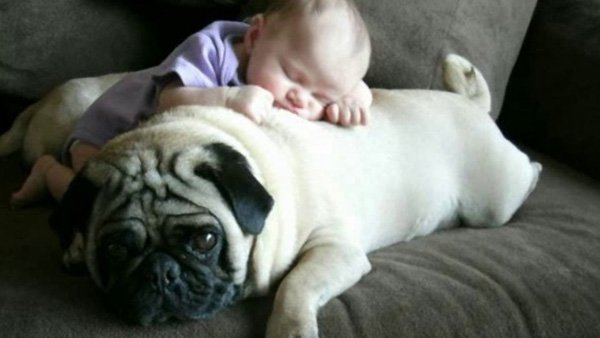 Top Vets for your lovely pets in Coquitlam
Top Vets for your lovely pets in Coquitlam
Pet
Top Vets for your lovely pets in Coquitlam
Top Vets for your lovely pets in Coquitlam
Pet
Copyright © 2005-2016 Pet Information All Rights Reserved
Contact us: www162date@outlook.com